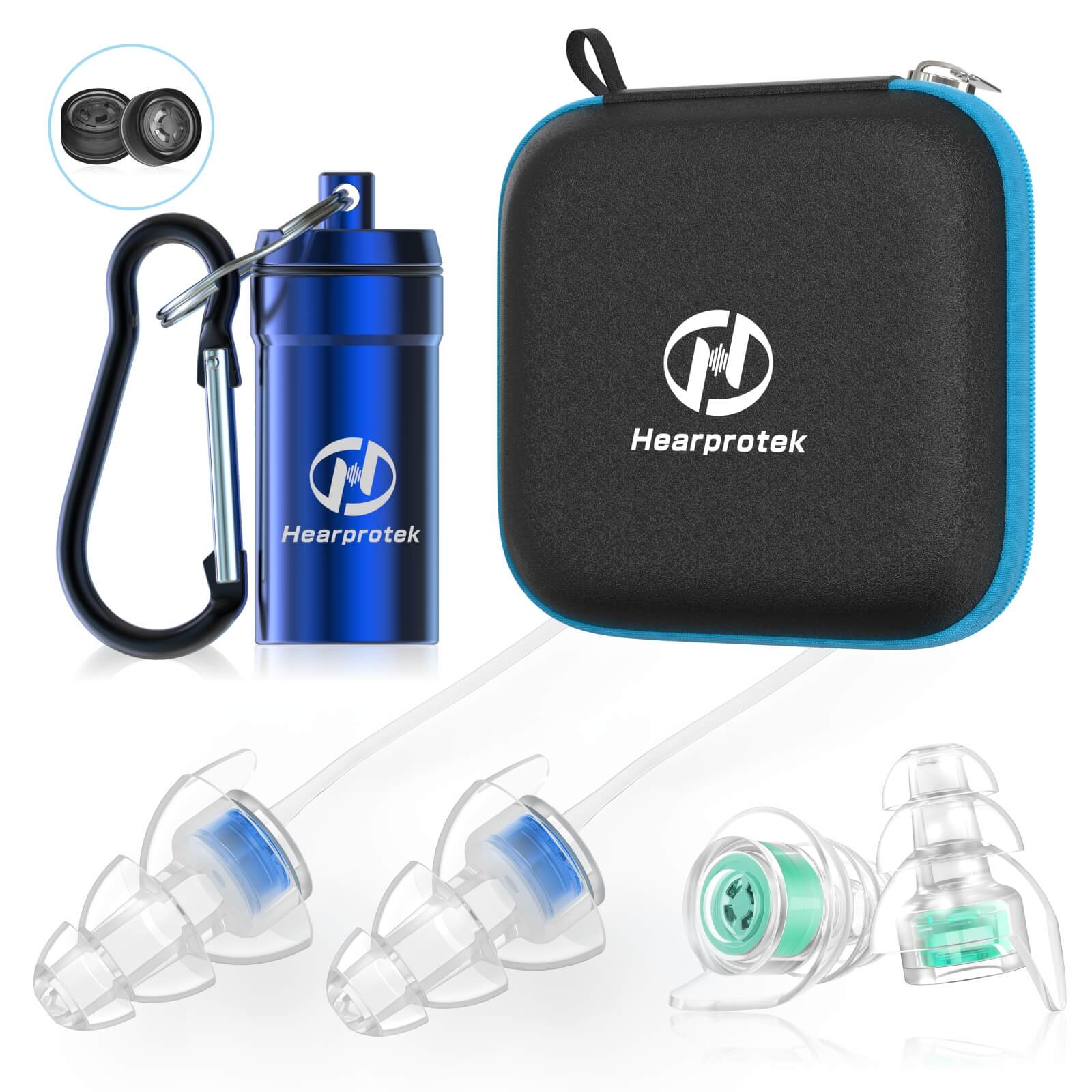Concerts are a thrilling experience, with the energy of the crowd and the powerful music filling the air. However, the high sound levels at concerts can pose a risk to our hearing. That's where concert ear plugs come in. In this article, we will explore the science behind concert ear plugs and how they work to protect our ears from excessive noise.

Understanding Sound Levels
Before we delve into the science behind concert ear plugs, it's important to understand sound levels and how they are measured. Sound is measured in decibels (dB), which is a logarithmic scale. The higher the decibel level, the louder the sound. Exposure to sounds above 85 dB for an extended period can cause hearing damage.
At concerts, sound levels can easily exceed 100 dB, especially near the speakers. This level of noise can be harmful to our ears, leading to temporary or even permanent hearing loss. That's why it's crucial to take steps to protect our hearing, and concert ear plugs are an effective solution.
The Science Behind Concert Ear Plugs
Concert ear plugs are designed to reduce the intensity of sound without compromising the listening experience. They work by using a combination of physical barriers and acoustic filters to attenuate the sound entering our ears.
One common type of concert ear plug is the foam ear plug. These ear plugs are made of a soft, compressible material that expands to fit the shape of the ear canal. The foam acts as a physical barrier, blocking some of the sound waves from entering the ear. However, foam ear plugs can also distort the sound, making it less enjoyable for the wearer.
Another type of concert ear plug utilizes acoustic filters. These filters are designed to reduce the intensity of sound across different frequencies, providing a more balanced and natural listening experience. The filters allow lower frequency sounds to pass through more easily while attenuating higher frequency sounds. This helps to preserve the clarity of the music while reducing the overall volume.
The Importance of Decibel Reduction
Decibel reduction is a key aspect of concert ear plugs. By reducing the sound levels reaching our ears, concert ear plugs help to prevent hearing damage. The amount of decibel reduction provided by ear plugs varies depending on the type and design.
Some concert ear plugs offer a flat attenuation, meaning they reduce sound levels evenly across all frequencies. Others may provide a more selective attenuation, targeting specific frequencies that are typically associated with loud music. The choice of ear plugs depends on personal preference and the specific needs of the individual.
It's important to note that while concert ear plugs are effective in reducing sound levels, they should not be used as an excuse to disregard other hearing protection measures. Taking breaks from loud environments, maintaining a safe distance from speakers, and limiting overall exposure to loud sounds are all important for preserving our hearing health.
Conclusion
The science behind concert ear plugs is fascinating and essential for understanding how they protect our hearing. By reducing sound levels and providing decibel reduction, concert ear plugs allow us to enjoy concerts without compromising our hearing health. Whether you choose foam ear plugs or those with acoustic filters, the key is to find a pair that fits well and provides the desired level of protection.
Remember, our hearing is precious, and it's up to us to take care of it. So, the next time you attend a concert, don't forget to bring your concert ear plugs and enjoy the music while keeping your ears safe!







